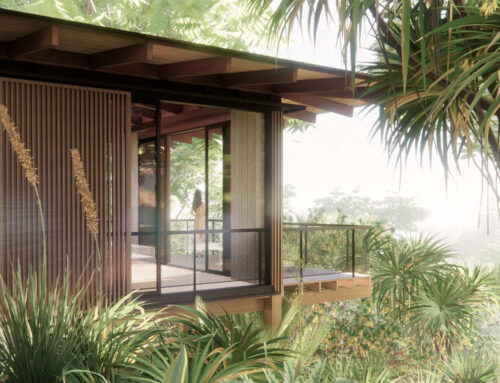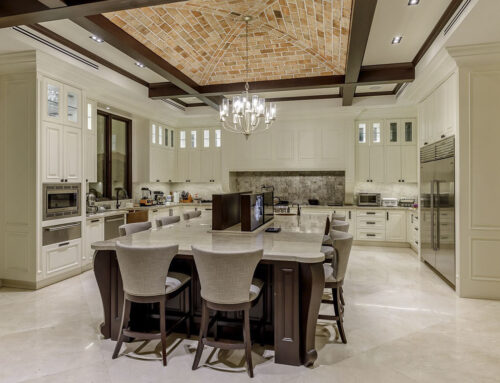Joan Puigcorbé – “Costa Rica is a place where nature maintains its prominence above the built environment, where it is still possible to establish a relationship of respect and dialogue with nature”.
Joan Puigcorbé is a leading Barcelona architect linked to Costa Rica for more than a decade. He arrived in Costa Rica to pursue investments, but was captivated by the climate and nature. He divides his time between Costa Rica, Spain, and the variety of places around the world where his work takes him. Joan’s first house was built 30 years ago in southern Spain and he has since designed and built around the world including homes, offices, schools, neighborhoods, libraries, museums, parks, cultural centers and bridges, among other buildings.
Reference: Joan Puigcorbé summary of publications and awards

In “tico” territory, Joan has been developing luxury homes under the brand name “Costa Rica Natural Design.” As Puigcorbé explains, he works here because “Costa Rica is a place where nature still maintains its prominence over the built environment, where it is still possible to establish a relationship of respect and dialogue with nature.”
Among the variety of works Joan has presented from Costa Rican soil for the world stage, The Black House in Ciudad Colón stands out. This building highlights the intertwined relationship with the topography and vegetation. A more recent and equally impressive home, The Wood Housein Santa Ana is already gaining recognition locally and abroad.
Interview with Joan Puigcorbé, in brief
For Puigcorbé, luxury homes generate a greater impact than other houses, hence they are a good canvas to explore and build the trends and strategies that can later be applied to lower cost homes.
“We consider the luxury home a laboratory that paves the way for residential construction in the future.”

“More and more, projects move away from the pretension of fake styles and point more towards sensory-driven architecture conceived from the inside out, where appearance doesn’t depend on gratuitous formalisms, but rather the place and the moment,” says the architect.
Joan Puigcorbé, summary of awards and publications
Joan Puigcorbé is a leading Barcelona architect linked to Costa Rica for more than a decade. His work has been published in journals such as “Novoperfil” and “On Design” (2004), “The Sketch” (2008), Architecture and Design (2009, 2010 and 2011), “Russian Design Hub” (2014), “Luxury Culture”(2014),” Entremuros”(2014), and “Place of Spirit”(2015), among others. He has participated in important exhibitions such as the Venice Biennale 2012: “Spain mon Amour” Public Space Teatre the Lira Ripoll; ICO Galeria de Madrid (2013) and the Venice Biennale 2014: Pavilion of Italy, and plenty more.
Among the many accolades throughout his career are: First Competition Award in collaboration with RCR Public Space Theatre La Lira, covered plaza and pedestrian bridge, Ripoll (2003), First Contest in collaboration with RCR, Museu Soulages, Rodez, France (2008) Prize and First Prize Passarella di Templi, Agrigento, Sicily (2013). The Catalan architect has lectured at École d’architecture de Montpellier, (2012), Universität der Künste, Berlin (2012), School of Architecture of Valladolid (2012) and FID 3.5 Costa Rica (2013), among others, and has been part of projects in different countries including Spain, Chile, Morocco, France, Costa Rica, Belgium, United Arab Emirates (Dubai), Angola and Italy.
Read about Biophilia in Luxury Home Design.








